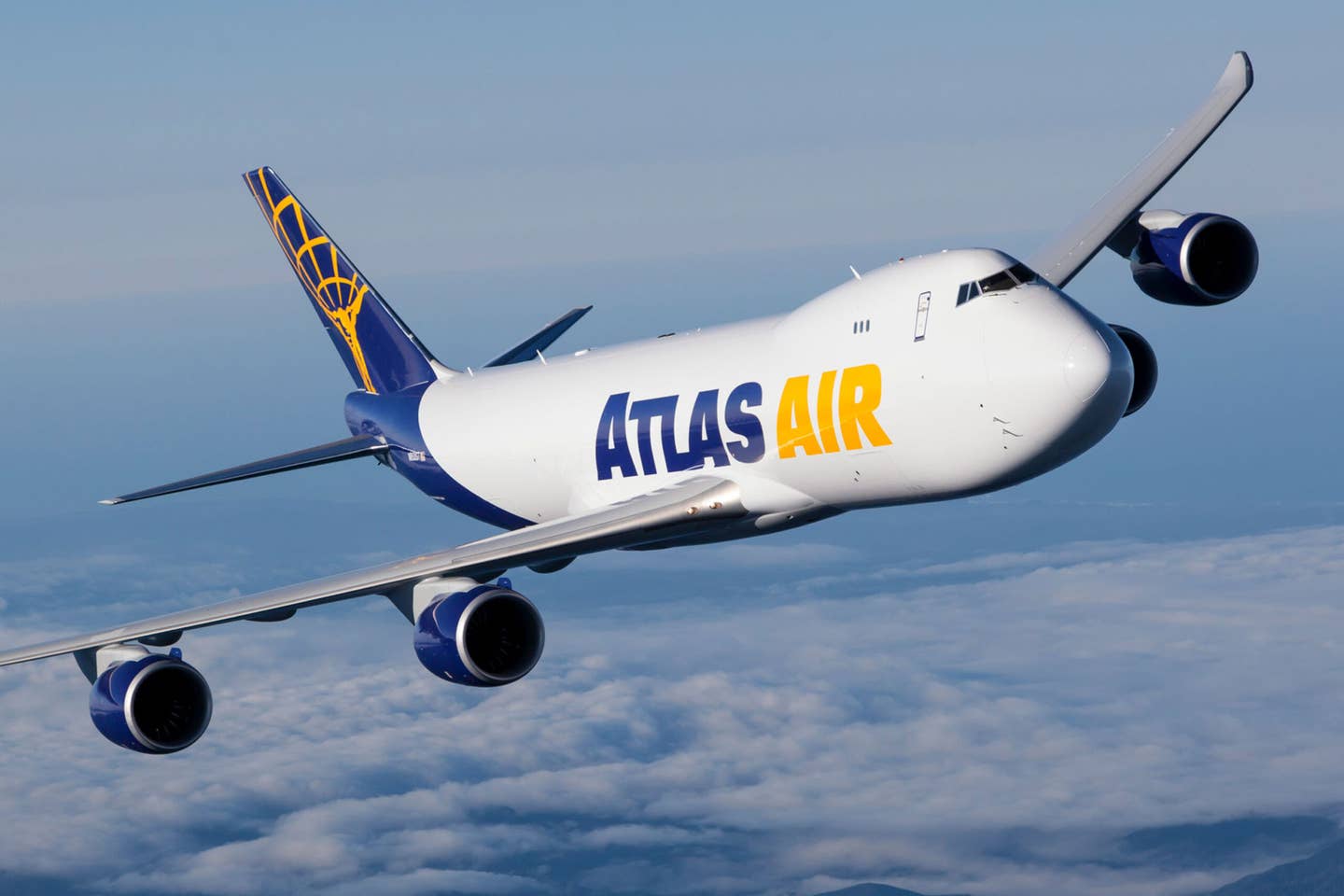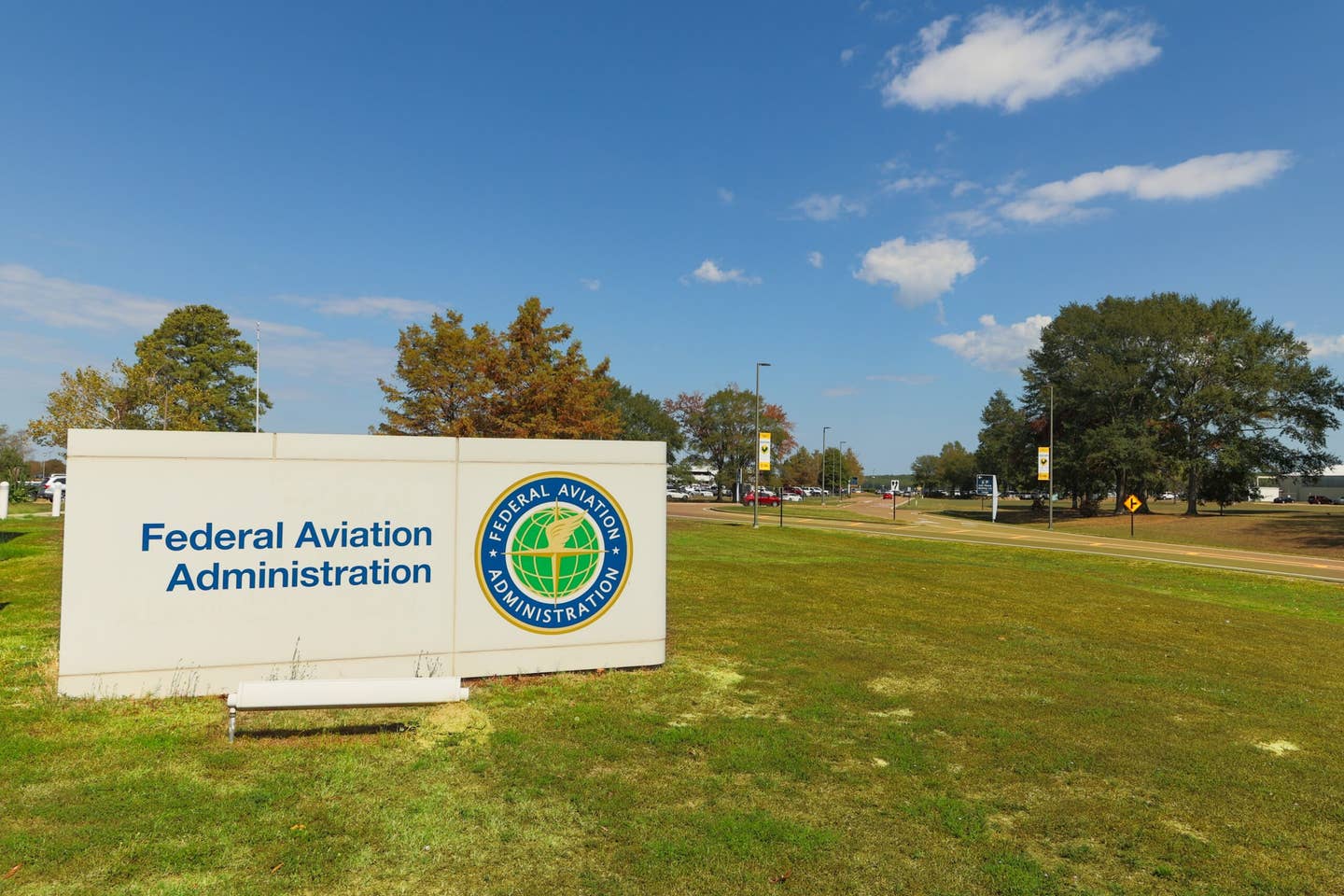Boeing Closing in on Final Assembly of Last New 747
The left wing for the last 747 order reportedly has been staged on Boeing’s production line.

The final Boeing 747—a 747-8F—is being assembled in Everett. [Courtesy: Atlas Air Worldwide]
More than half a century after the model first flew—changing aviation forever—final assembly of the last new Boeing 747 reportedly is near at the company’s factory in Everett, Washington.
The left wing for the freighter, a 747-8F variant, has been staged on the production line, according to an Aviation Week report. Atlas Air is expected to receive delivery of the last 747—along with three identical 747-8Fs—by the end of this year. (Two former Transaero 747-8s are currently being converted into military variants for the Pentagon to serve as Air Force One.)
The news serves as a reminder that the end of an era is drawing near. Few aircraft have done as much to change the industry.
Beginning with its entry into service as a passenger variant with Pan Am in 1970, the first widebody jetliner opened the door to international travel for countless people around the world.
Later, 747s were modified to ferry NASA’s iconic Space Shuttle fleet. Modified 747s were used to carry enormous airplane parts from overseas to final assembly at Boeing factories. A modified long-range 747SP variant served NASA as an in-flight observatory.
This year also marks the 50th anniversary of the first delivery of a widebody freighter, the 747-200, to Lufthansa on March 10, 1972, featuring the nose door which allowed loading of oversized objects.
Currently, 90 percent of the world’s freighter capacity belongs to Boeing freighters, according to the company.
Bill Flynn, former CEO of Atlas Air Worldwide credits the unique characteristics of the 747 with allowing Atlas to build a global airline. “It has substantial capacity. It can carry over a hundred tons of cargo,” Flynn told Boeing. “It also has great temperature control capabilities inside the aircraft during flight.”
Over the past five decades, Boeing has produced and delivered a grand total of 1,569 747s.
A widebody twin-engine Boeing 777-8F is currently being developed, which boasts virtually the same capacity of a 747-400F while burning less fuel. Nonetheless, it’s safe to say there will never be another airplane quite like the Queen of the Skies.

Sign-up for newsletters & special offers!
Get the latest FLYING stories & special offers delivered directly to your inbox






